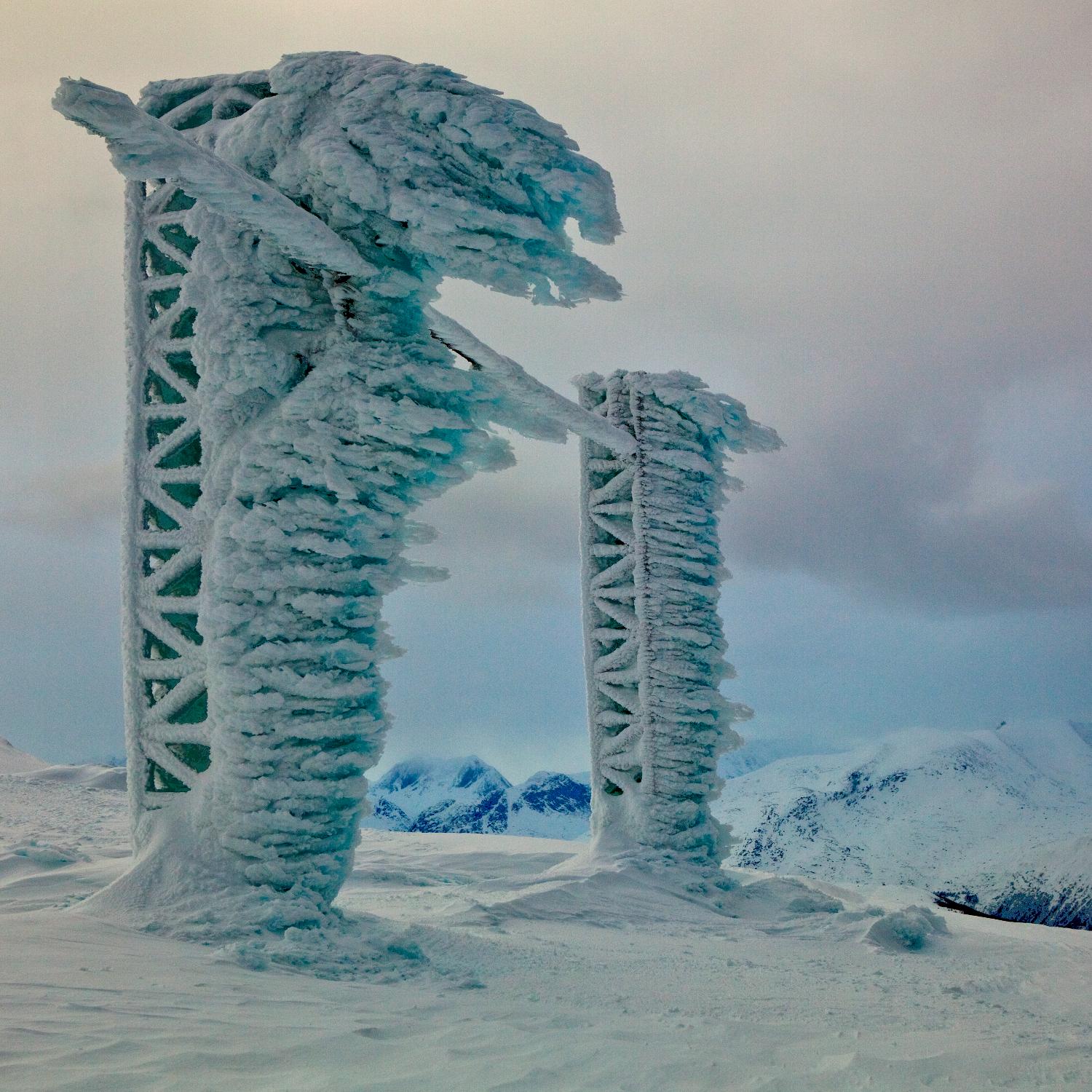ColdTech- RT3: Atmospheric Icing & Sensors

When planning technological activities in polar and sub-polar regions, atmospheric icing on structures is very likely and needs to be taken into design and safety account. In future, the capacity and ability to execute cold technology/icing based research and development activities will be of vital importance. Icing can hinder normal operations and cause hazardous working conditions. Better understanding of the atmospheric icing on structures can help in improving the structural design and safety of the people. The overall vision of this project was to establish a competence platform for development of new and improved infrastructures, safe and environmentally friendly industrial operations in icing conditions. Following were the main objectives of this project:
- Increase and develop information about icing and ice accretion on structures.
- Development of new robust icing sensors.
- Develop improved phenomenological models of atmospheric icing.
- Apply phenomenological models within a numerical framework to predict ice accretion on structures.
The main partners of this project were, Narvik University College, NORUT & DNV-GL.
Project Duration: 2010- 2017
Project Funded By: Norwegian Research Council
Budget: 1,5 mEUR